DARPA seeks to achieve high levels of brain-system communications without surgery, in its new program, Next-Generation Nonsurgical Neurotechnology (N3).


DARPA seeks to achieve high levels of brain-system communications without surgery, in its new program, Next-Generation Nonsurgical Neurotechnology (N3).
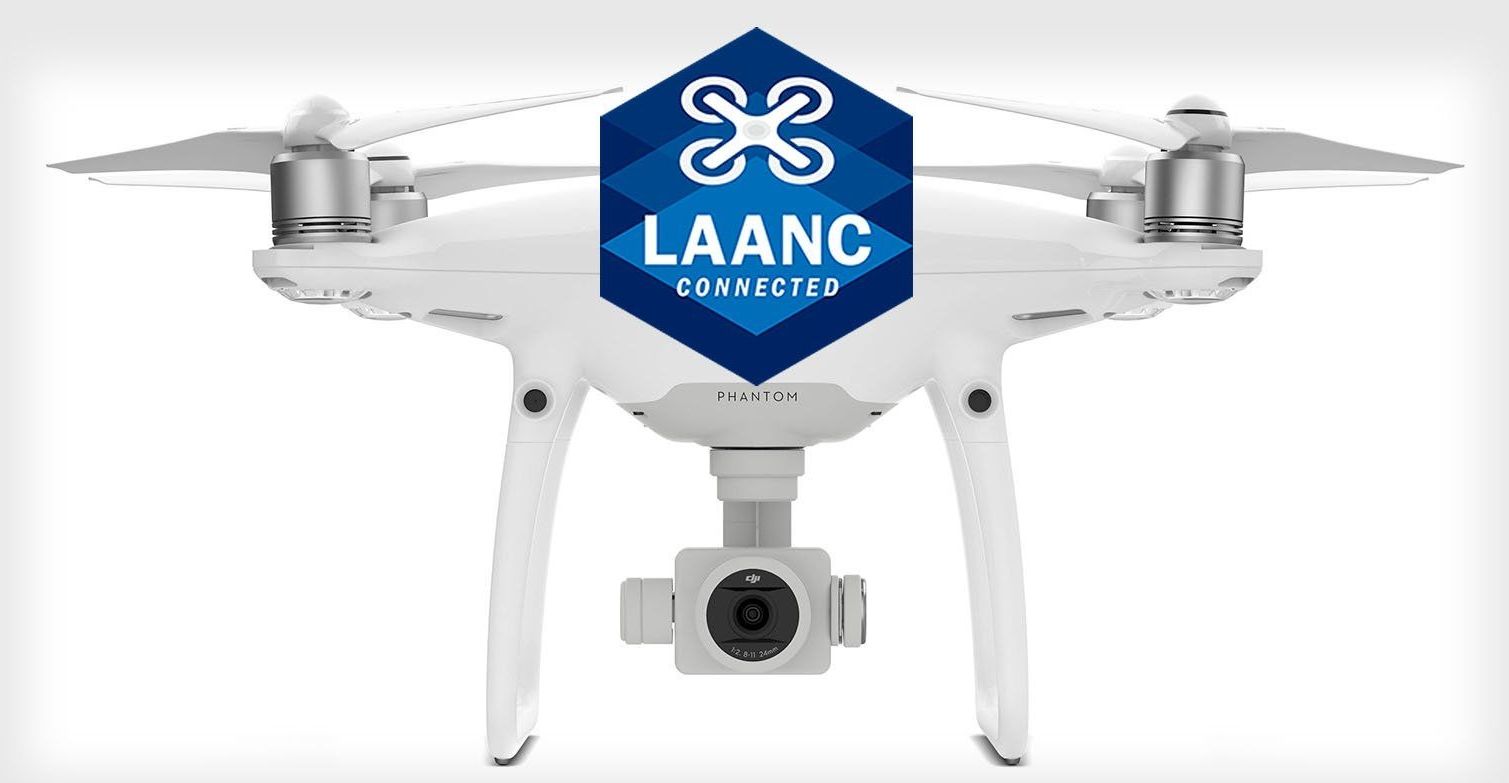
DJI now has the US government’s permission to authorize drone flights in controlled airspace near airports.
The FAA has approved DJI as part of its Low Altitude Authorization and Notification Capability (LAANC) program. The agency rigorously tested and validated DJI’s technology capabilities before giving its stamp of approval.
DJI was one of 9 companies that were just newly authorized. The other eight are Aeronyde, Airbus, AiRXOS, Altitude Angel, Converge, KittyHawk, UASidekick, and Unifly.
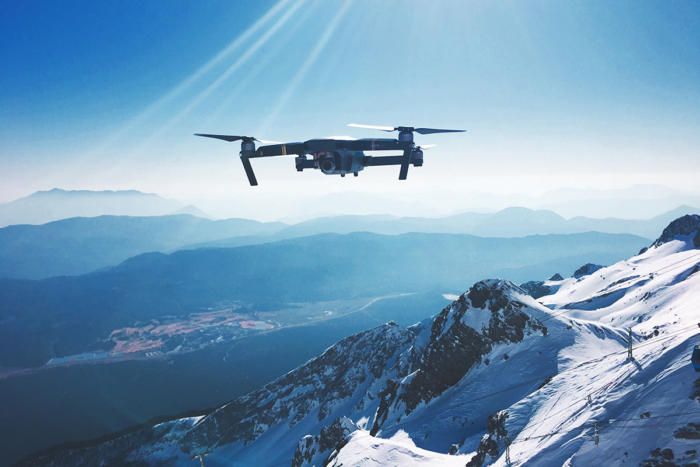
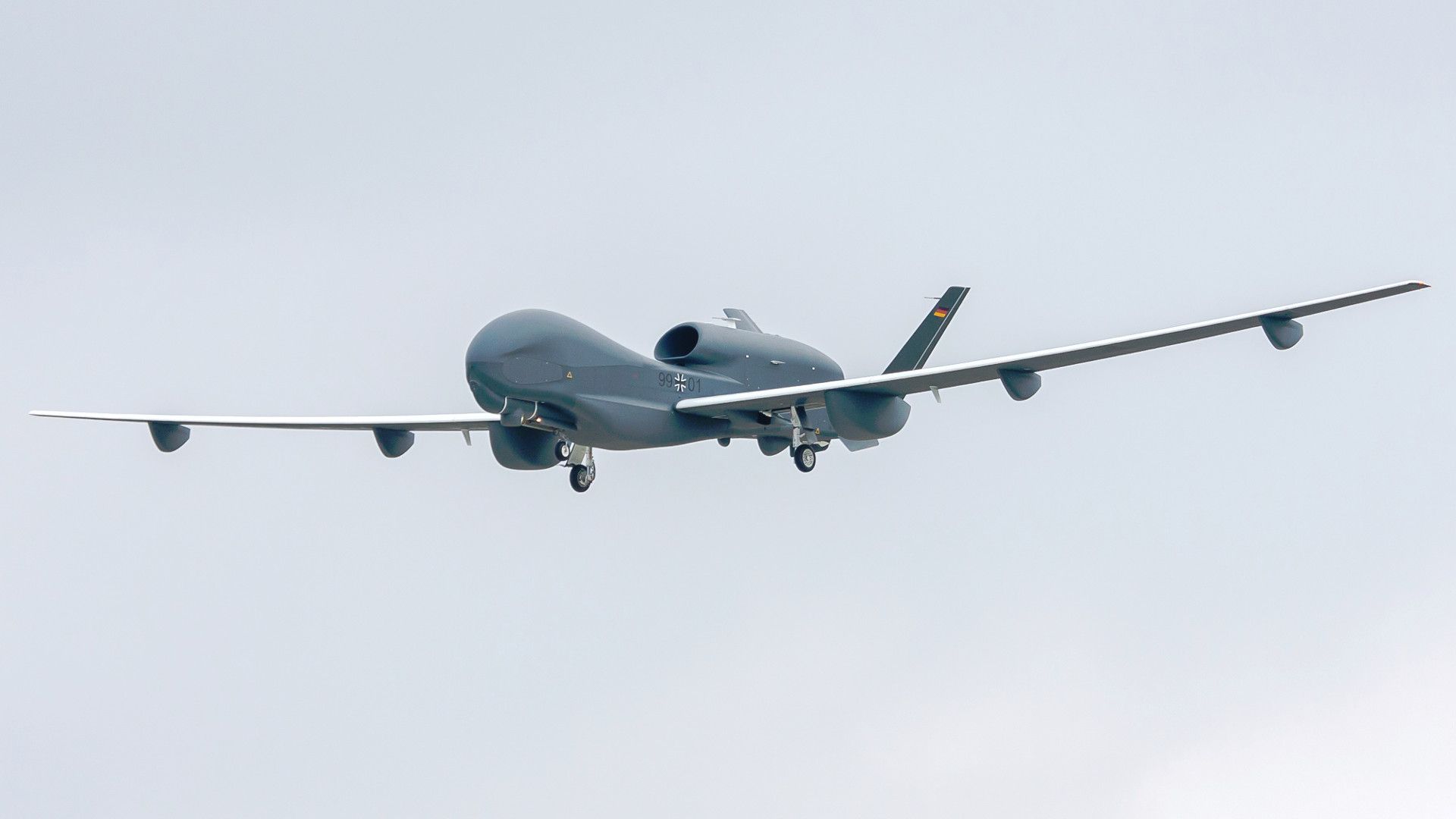

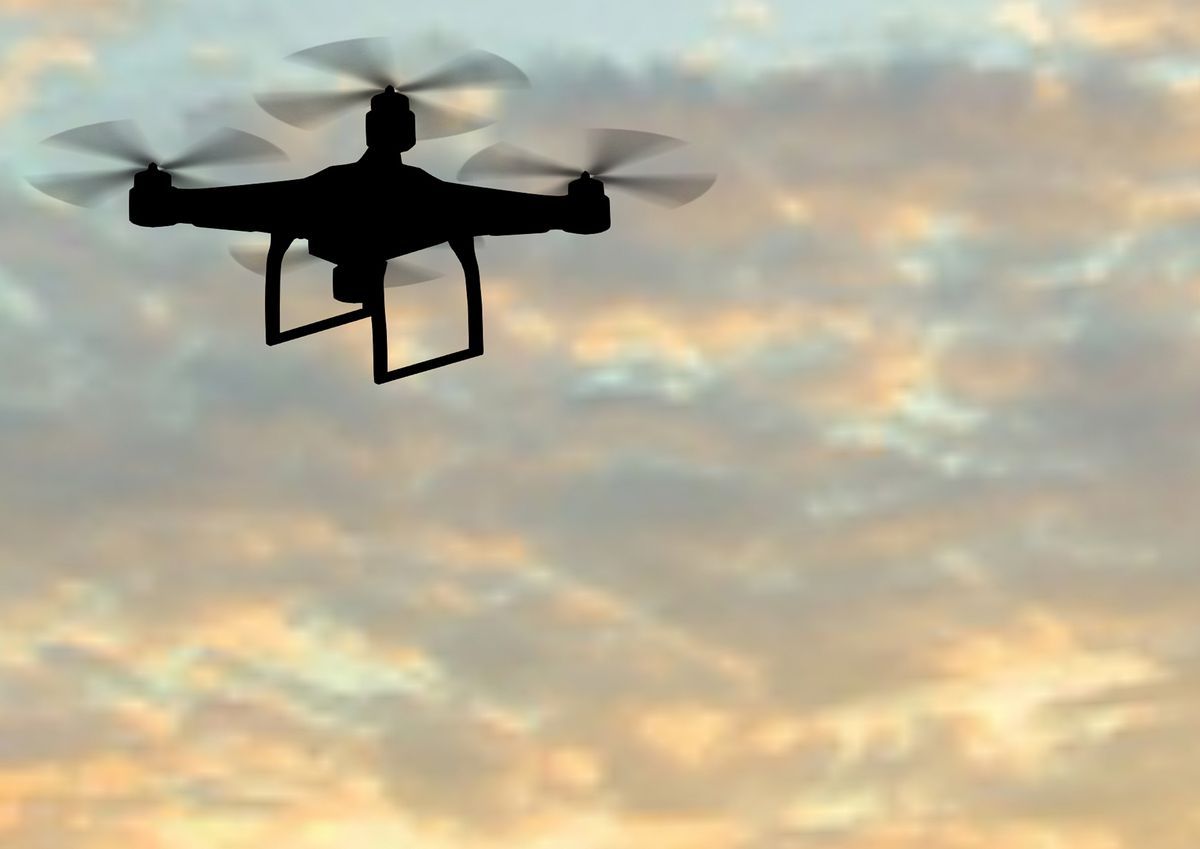
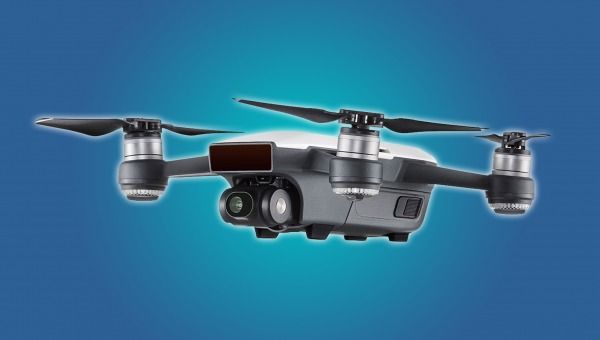
You’d like to get into the drone sensation, but you don’t want to break the bank to do it. Don’t worry: there are plenty of options in the $100–300 range that include everything you need.
Before we continue: the term “drone” is a misnomer, since it technically describes something that can navigate on its own, not simply a remote control device. But then again, some of the more advanced models available—even a few on this list!—can indeed fly on their own, returning to their operator if a signal is lost, performing some pre-programmed tricks, or even avoid obstacles. So perhaps a persnickety terminology gripe is unwarranted, but we always want to ensure our readers are well informed and end up with a product that meets their expectations.
We’ve selected the best all-around drone for beginners, a cheap and durable one for kids, a drone that folds up for easy travel, one that’s ideal if you want to get into the exciting drone racing scene, and an upgrade model if you’re ready to spend a little more for advanced features.
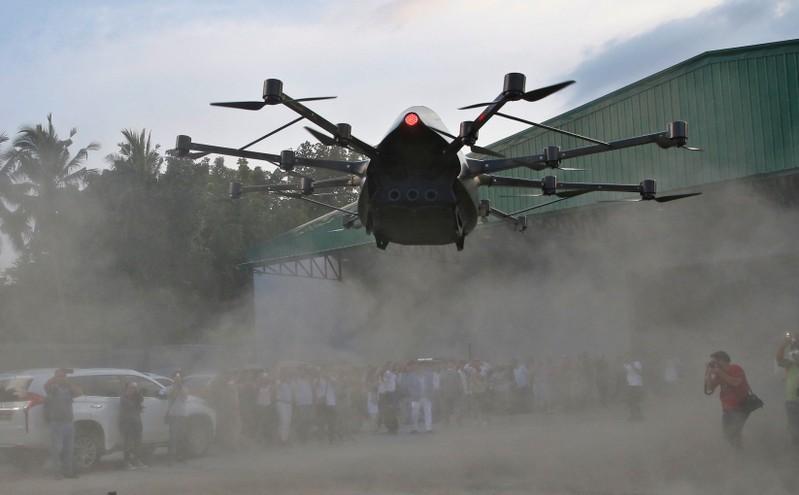
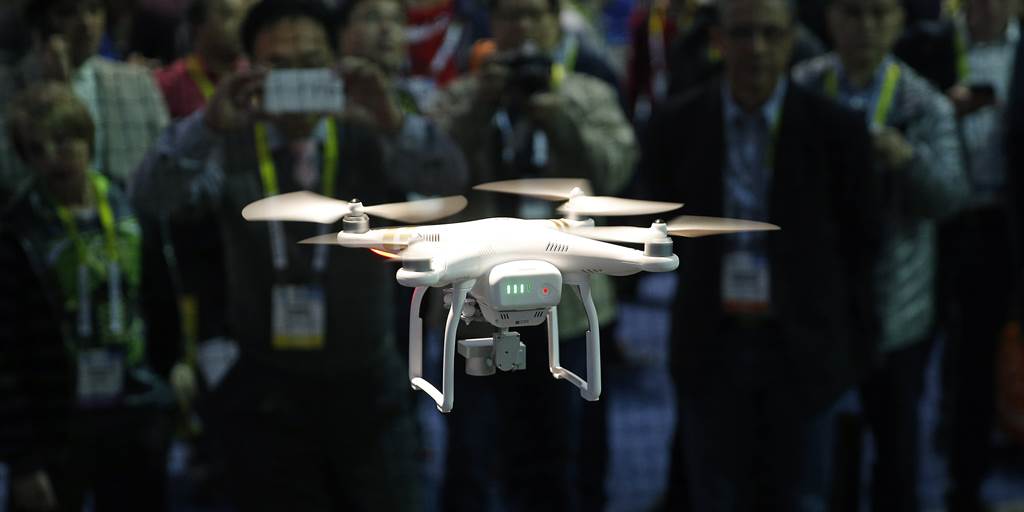
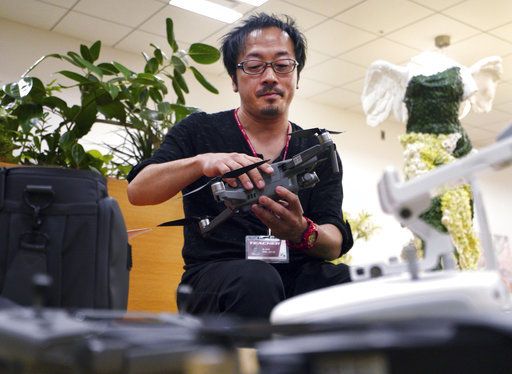
Electric drones booked through smartphones pick people up from office rooftops, shortening travel time by hours, reducing the need for parking and clearing smog from the air.
This vision of the future is driving the Japanese government’s “flying car” project. Major carrier All Nippon Airways, electronics company NEC Corp. and more than a dozen other companies and academic experts hope to have a road map for the plan ready by the year’s end.
“This is such a totally new sector Japan has a good chance for not falling behind,” said Fumiaki Ebihara, the government official in charge of the project.